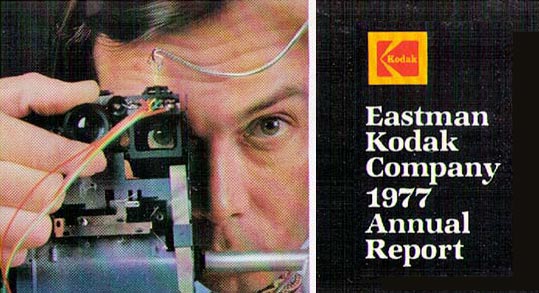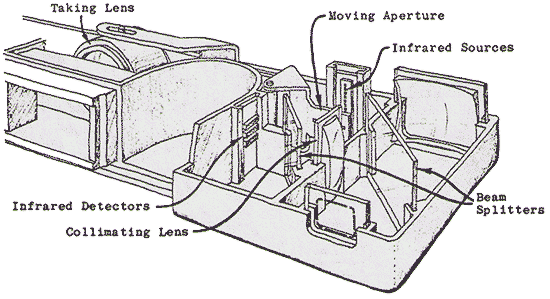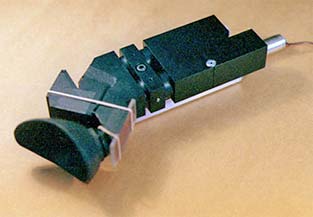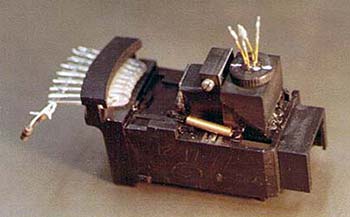Bio-Feedback Autofocus
Bio-Feedback Autofocus

This is an autofocus technique developed by Steve Hines in 1976 at the Kodak Research Laboratories to focus the camera lens to match the focus of the photographer’s eye. As the photographer views the scene through the viewfinder, infrared scanning optics in the viewfinder determine the focus of the eye, and focus the camera to match. This technique works where others do not, through glass windows, through screens and twigs, in bright sunlight, where the object is off center, etc.

When the photographer looks at a subject through the viewfinder, infrared optics sense the eye’s focus and focus the camera lens to match.
 An early mockup used a rotating chopper drum to provide scanning light.
An early mockup used a rotating chopper drum to provide scanning light.
Kodak did not pursue a patent after finding prior art in the Bausch & Lomb Ophthalmetron. Today, this technology is found in hand-held auto-refractors in ophthalmologists’ offices where the device takes a reading on the eye to determine the prescription needed for eyeglasses.
This is not a product for sale, but is shown as an example of technology, developed by Steve Hines.



